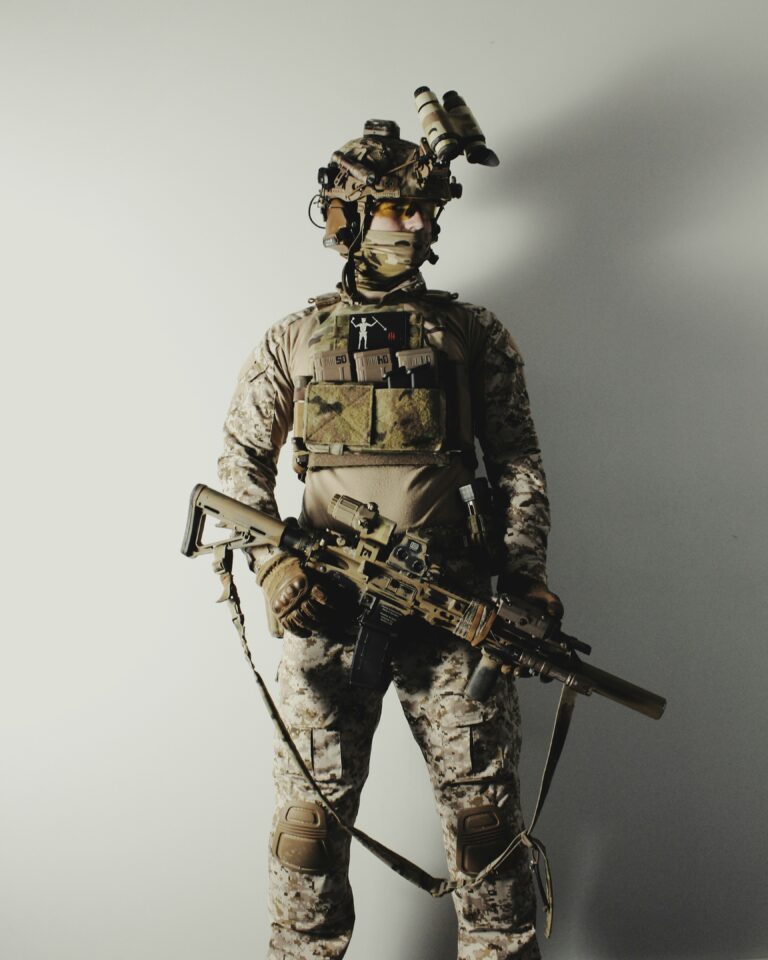Strategies for Differentiating Instruction to Meet Diverse Student Needs
Understanding the unique needs of a diverse student population is crucial in creating an inclusive learning environment. One effective way to identify these needs is by conducting surveys or questionnaires to gather information on students’ backgrounds, learning preferences, and any specific challenges they may face. By actively seeking feedback from students, educators can gain valuable insights into how best to support each individual’s learning journey.
Another approach to identifying diverse student needs is through observation and communication. Teachers can pay close attention to students’ behaviors, interactions, and responses in the classroom to detect any signs of struggle or areas where additional support may be required. Additionally, open communication with students allows for discussions about their learning experiences, interests, and any adjustments that could enhance their educational experience.
Understanding Different Learning Styles
Different students possess varying learning styles that dictate how they acquire new information and skills. Visual learners prefer visual aids such as diagrams, charts, and videos to understand concepts better. These students grasp information more effectively through images rather than written or spoken explanations. On the other hand, auditory learners rely on verbal explanations and discussions to absorb new material. They tend to excel in learning environments where listening and engaging in conversations play a significant role in the learning process.
Kinesthetic learners, also known as hands-on learners, thrive in interactive environments where they can engage in activities that allow them to physically experience concepts. These students learn best by doing and benefit greatly from practical experiences or experiments that reinforce theoretical knowledge. By understanding the diverse learning styles present in a classroom, educators can tailor their teaching methods to cater to the unique preferences and needs of each student, fostering a more inclusive and effective learning environment.
Creating Flexible Lesson Plans
To design effective instruction, educators must develop lesson plans that cater to the diverse needs of students in the classroom. Implementing flexible lesson plans allows teachers to adapt their teaching strategies to meet the varying learning styles and abilities of each student. By incorporating a variety of activities, resources, and instructional techniques, teachers can create a learning environment that supports student success and engagement.
Flexibility in lesson planning also enables educators to differentiate instruction based on individual student needs. By assessing students’ strengths, weaknesses, and interests, teachers can tailor lesson plans to provide targeted support and challenge for each learner. This personalized approach helps to foster a supportive and inclusive classroom environment where all students can thrive academically and socially.
• By incorporating a variety of activities, resources, and instructional techniques, teachers can create a learning environment that supports student success and engagement.
• Flexibility in lesson planning enables educators to differentiate instruction based on individual student needs.
• Assessing students’ strengths, weaknesses, and interests helps teachers tailor lesson plans to provide targeted support and challenge for each learner.
• Personalized approach fosters a supportive and inclusive classroom environment where all students can thrive academically and socially.
How can teachers identify diverse student needs?
Teachers can identify diverse student needs by getting to know their students individually, conducting assessments to understand their strengths and weaknesses, and being attentive to any special accommodations or support services they may require.
What are the different learning styles that teachers should be aware of?
Teachers should be aware of visual, auditory, kinesthetic, and reading/writing learning styles. Visual learners prefer to see information, auditory learners prefer to hear information, kinesthetic learners prefer hands-on activities, and reading/writing learners prefer to read and write information.
How can teachers create flexible lesson plans to accommodate diverse student needs?
Teachers can create flexible lesson plans by incorporating a variety of teaching methods and materials, providing options for students to demonstrate their understanding, offering differentiated assignments based on student readiness, interest, and learning profile, and being open to adjusting the lesson plan as needed based on student feedback.







